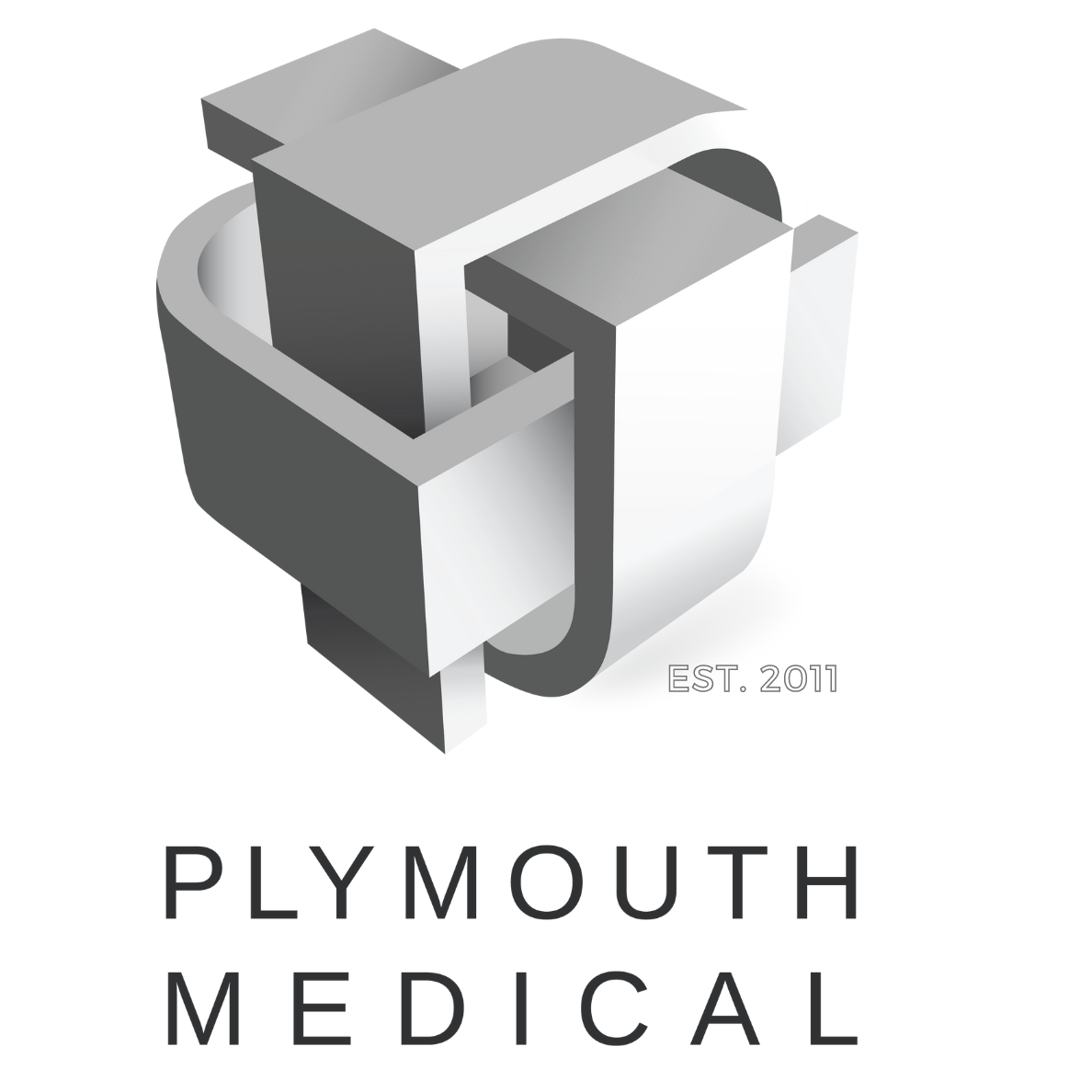Esthetic Applications Using Platelet Rich Plasma
What is Platelet Rich Plasma (PRP)?
Platelet-rich plasma (PRP) is a regenerative medicine technique that has gained popularity in the field of esthetics due to its potential to improve skin quality, reduce wrinkles, and restore hair growth. [1] PRP is an autologous blood product that contains a high concentration of platelets, growth factors, and cytokines, which have been shown to stimulate collagen production, angiogenesis, and cellular proliferation. [2]
PRP therapy involves the collection of a small amount of blood from the patient, which is then processed to concentrate the platelets and growth factors. The resulting PRP is then injected or applied topically to the skin or scalp to achieve the desired esthetic outcomes.
Common Uses of PRP in Esthetics
Studies have demonstrated that PRP can improve skin texture, tone, and elasticity, as well as reduce the appearance of fine lines and wrinkles. [3] A systematic review published in the Journal of Cosmetic Dermatology found that PRP injections significantly improved skin texture and tone, reduced pore size, and enhanced skin hydration in patients with facial aging. [4] Another study published in the Journal of Drugs in Dermatology reported similar findings, with PRP treatment resulting in significant improvements in skin texture, tone, and elasticity. [5]
The growth factors and cytokines in PRP stimulate collagen production, which is essential for maintaining skin elasticity and firmnes. [6] Additionally, PRP can promote angiogenesis, which is the formation of new blood vessels, leading to improved blood flow and oxygenation of the skin. [7] This can result in improved skin health and a more youthful appearance.
PRP has also been shown to promote hair growth in patients with androgenetic alopecia, a common form of hair loss. A study published in the Journal of Cutaneous and Aesthetic Surgery found that PRP injections resulted in significant improvements in hair density and thickness. [8] The growth factors and cytokines in PRP stimulate hair follicle stem cells and promote angiogenesis, leading to increased hair growth.
PRP therapy is a safe and effective treatment option for facial rejuvenation and hair restoration, with minimal side effects and a high patient satisfaction rate. The use of PRP in esthetics is a promising area of research, with potential applications in the treatment of other esthetic concerns, such as acne scarring and stretch marks. Further research is needed to fully understand the mechanisms of action and optimal treatment protocols for PRP therapy in esthetics, with a larger focus on reporting platelet dosing.
Refer to our previous blog on Single vs Multiple Injections of Platelet-Rich Plasma (PRP) - What Works Best?
Citations
1. Dhurat R, Sukesh M. Principles and Methods of Preparation of Platelet-Rich Plasma: A Review and Author's Perspective. J Cutan Aesthet Surg. 2014. https://www.ncbi.nlm.nih.gov/pmc/articles/PMC4074149/
2. Sclafani AP, Azzi J. Platelet Preparations for Use in Facial Rejuvenation and Wound Healing: A Critical Review of Current Literature. Aesthet Surg J. 2019. https://www.ncbi.nlm.nih.gov/pubmed/31157374
3. Kanchanabat B, Kanchanabat S, Chalermchai T, et al. Safety of autologous platelet-rich plasma treatment for skin rejuvenation: A systematic review and meta-analysis. J Cosmet Dermatol. 2021;20(2):387-394. doi:10.1111/jocd.13733
4. Kassim, J. M., & Al-Quran, F. A. (2018). The efficacy of platelet-rich plasma in the treatment of facial skin aging: A systematic review and meta-analysis. Journal of drugs in dermatology: JDD, 17(9), 990-997. https://jddonline.com/articles/dermatology/S1545961618P0990X/1
5. Li, Z. J., Choi, H. I., Choi, D. K., Sohn, K. C., Im, M., & Seo, Y. J. (2012). Autologous platelet-rich plasma: a potential therapeutic tool for promoting hair growth. Dermatologic surgery, 38(7 Pt 1), 1040-1046. https://doi.org/10.1111/j.1524-4725.2012.02394
6. Kim, D. H., Je, Y. J., Kim, C. D., Lee, Y. H., & Seo, Y. J. (2011). The effect of platelet-rich plasma on the efficacy of ablative fractional laser treatment of striae distensae: a pilot study. Journal of the European Academy of Dermatology and Venereology, 25(3), 285-290. https://doi.org/10.1111/j.1468-3083.2010.03786
7. Khatu, S. S., More, Y. E., Gokhale, N. R., Chavhan, D. C., Bendsure, N., & Bunger, E. (2015). Platelet-rich plasma in androgenic alopecia: myth or an effective tool. Journal of cutaneous and aesthetic surgery, 8(2), 107–110. https://doi.org/10.4103/0974-2077.158413
05/19/23


